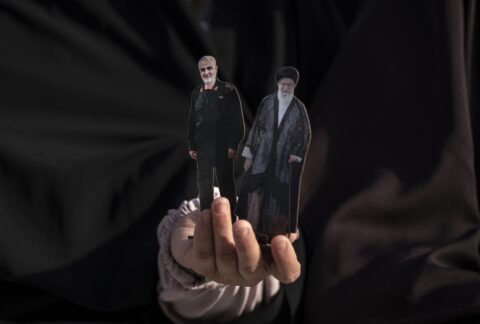Guatemala, March 8 (EFE) – The mythological story of the lives of twins Hunapú and Ixbalanqué, characters in the story of the world’s creation in the Popol Vuh, the sacred book of ancient Maya culture, were engraved in stone 200 years before the start of the Christian era, the Guatemalan press reported today.
Frieze Discovered Representing Heroes of the Popul Vuh, the Mayan Holy Book
March 09, 2009








